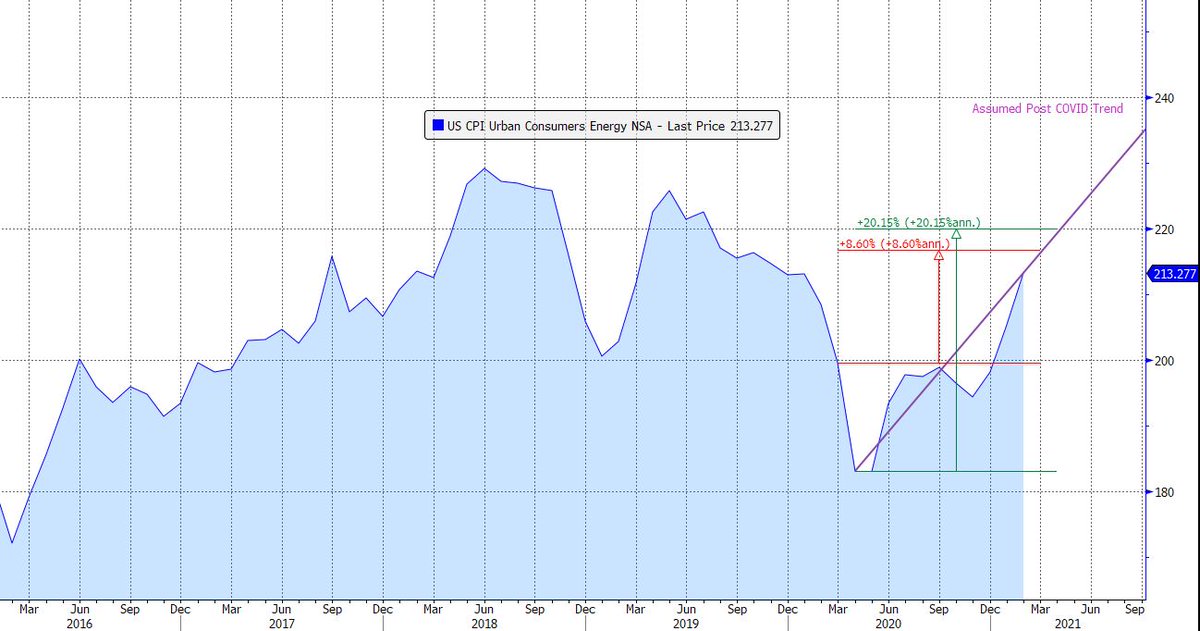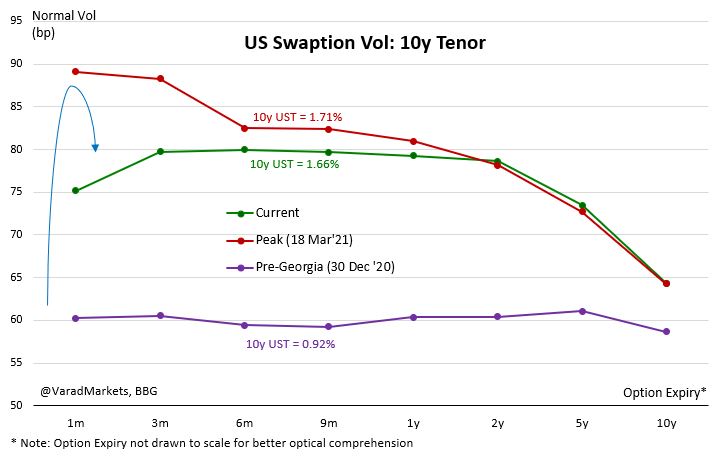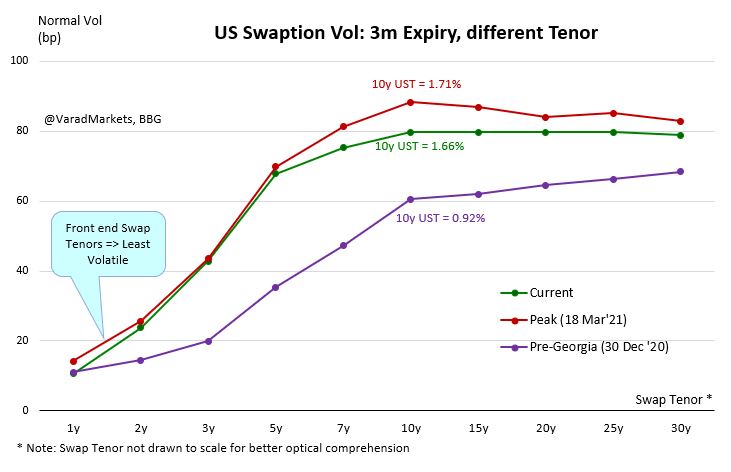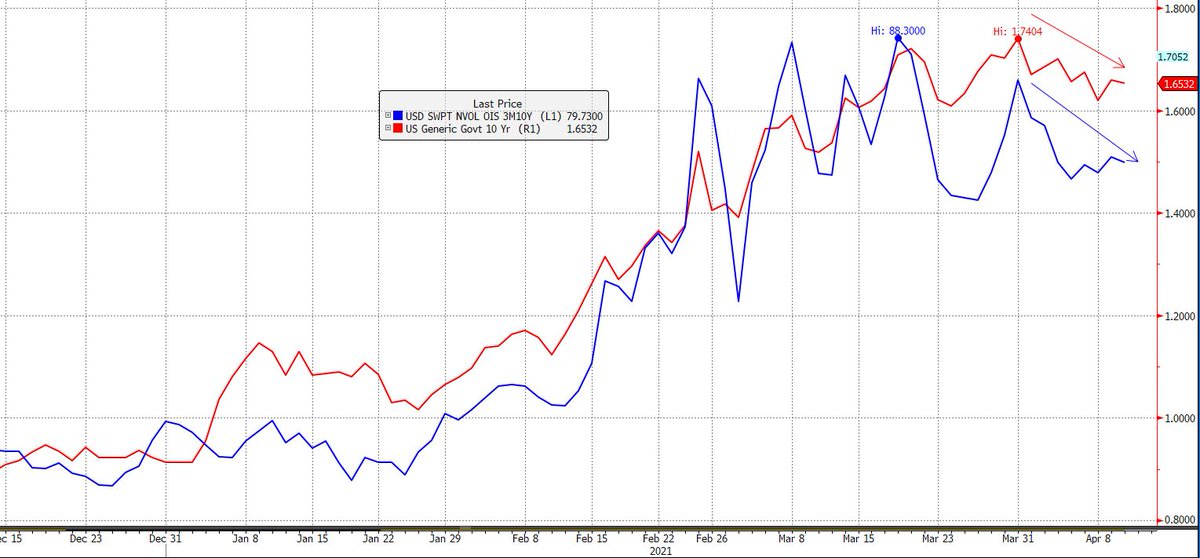
Role of #USD & #EUR in Global Monetary System:
[Charts from ECB Paper: 'International Role of Euro']
#Dollar continues to dominate FX Reserves, International Debt, Loans, Deposits, FX Turnover & Global payments
1/7
[Charts from ECB Paper: 'International Role of Euro']
#Dollar continues to dominate FX Reserves, International Debt, Loans, Deposits, FX Turnover & Global payments
1/7

FX Transactions settled in CLS System (Continuous Linked Settlement)
▪️ USD led FX market => involved in ~90% of all settlements in Dec'20
▪️ EUR second most actively settled ccy
2/7
▪️ USD led FX market => involved in ~90% of all settlements in Dec'20
▪️ EUR second most actively settled ccy
2/7

FX Share in Global FX RESERVES:
Sub-thread below
3/7

Sub-thread below
3/7
https://twitter.com/VaradMarkets/status/1377336275653459972?s=20

FX Share in International DEBT:
▪️ USD accounts for ~66% of all International Debt issuance
▪️ EUR share has declined to 23%
4/7
▪️ USD accounts for ~66% of all International Debt issuance
▪️ EUR share has declined to 23%
4/7
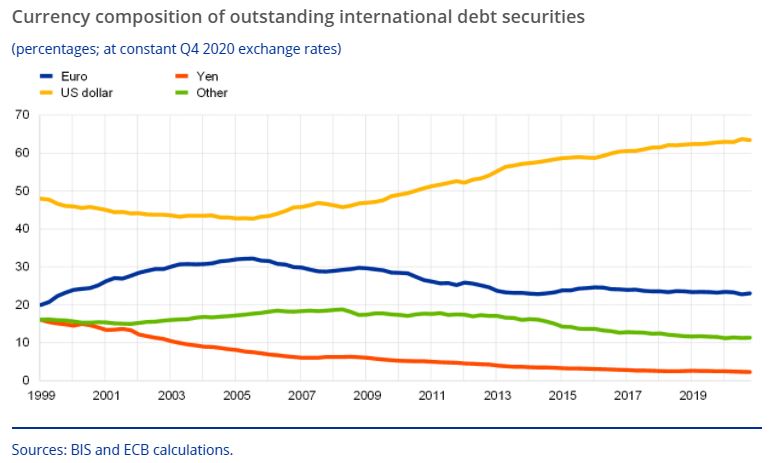
Borrowers of International Debt:
▪️ USD-denominated debt issuance by EM borrowers surged - favourable financing conditions in US
▪️ EUR-denominated debt issuance declined - less interest from US borrowers
▪️ Also rapid growth in USD-denominated green bond issuance in 2020
5/7
▪️ USD-denominated debt issuance by EM borrowers surged - favourable financing conditions in US
▪️ EUR-denominated debt issuance declined - less interest from US borrowers
▪️ Also rapid growth in USD-denominated green bond issuance in 2020
5/7

FX Share in International LOANS:
▪️ USD share declined but still dominant ccy => 54% of international loans
▪️ EUR 16%, Others 27%
6/7
▪️ USD share declined but still dominant ccy => 54% of international loans
▪️ EUR 16%, Others 27%
6/7

FX Share in International DEPOSITS:
▪️ USD share of outstanding stock of international deposits ~54% => pandemic driven safe-haven Dollar demand + Fed's QE driven excess USD liquidity
▪️ EUR share 17%
@rodneyatwigram @chigrl
Reference:
ecb.europa.eu/pub/ire/html/e…
7/7
▪️ USD share of outstanding stock of international deposits ~54% => pandemic driven safe-haven Dollar demand + Fed's QE driven excess USD liquidity
▪️ EUR share 17%
@rodneyatwigram @chigrl
Reference:
ecb.europa.eu/pub/ire/html/e…
7/7

• • •
Missing some Tweet in this thread? You can try to
force a refresh











